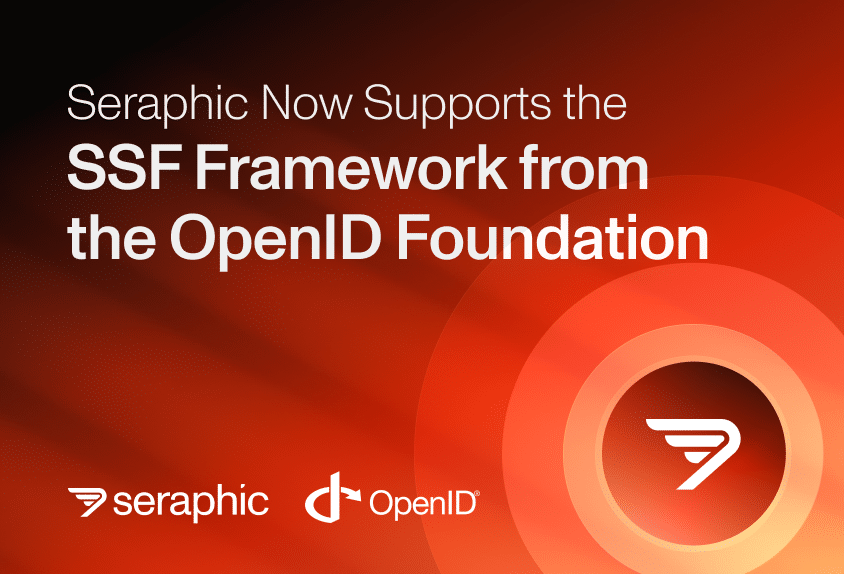Artificial intelligence (AI) is reshaping the modern workplace right before our eyes. From automating tasks to generating in-depth research in seconds, AI tools are enhancing productivity at a lightening pace. Generative AI (GenAI) assistants, agentic browsers, and automation platforms are no longer futuristic concepts. They are everyday tools that employees are interweaving into their daily workflows. However, with this powerful new capability comes a serious risk: data loss. The very data that powers AI tools can also become vulnerable if employees use AI systems carelessly or without having the proper data loss protection (DLP) safeguards in place.
Why AI Use Demands Data Loss Protection Solutions
AI tools often require direct input of text, files, or sensitive information to deliver the most impactful results. This creates multiple pathways for potential data misuse and exposure.
Accidental Data Sharing
Employees may unknowingly input sensitive information into AI chatbots, GenAI tools, or third-party platforms. Once the information is sent from the corporate network to the AI system, it can be stored, analyzed, or even reused by the AI provider. This creates a potential breach of confidentiality or compliance regulations.
Prompt Injection
AI systems respond to specific user prompts, but these prompts can be manipulated. Malicious actors may craft prompts that trick AI models into revealing sensitive information. They could even trick AI models into bypassing security restrictions, which is known as prompt injection. Without data loss protection controls in place, an employee could expose critical information.
Third-Party Data Risks
Many AI services operate in the cloud, and while cloud-based tools offer scalability and accessibility, they also introduce third-party risk. Corporate data sent to external platforms can be stored in ways that are not fully under the organization’s control. This increases the chances of accidental leaks or misuse.
Unintentional Knowledge Leakage
Even when employees aren’t sharing confidential information, AI systems may retain knowledge from user inputs. Over time, this can create a hidden risk where sensitive details may come to light in unexpected ways. They could even be exposed to other users or apps.
Why Endpoint DLP and Traditional Security Approaches Fall Short
Enterprises have long relied on endpoint security, network controls, and other DLP tools to protect sensitive information. While these solutions are essential to enterprise security, they were not designed to address the unique risks posed by AI-enabled workflows.
- File-centric vs. interaction-centric: Legacy DLP solutions primarily monitor file transfers, emails, and downloads. But AI interactions often occur entirely within a browser. Sensitive data can be shared without leaving a trail, making it nearly impossible for conventional security systems to monitor it.
- Reactive vs. proactive: Standard security tools often detect breaches after they occur. AI-driven data loss requires real-time intervention to prevent accidental leaks before they occur.
- Limited awareness: AI risk is highly contextual as a phrase or file that is safe in one scenario may be highly sensitive in another. Security solutions that lack granular, context-aware monitoring cannot protect corporate data in AI workflows.
These gaps highlight why organizations need a modern approach to protect sensitive information while still enabling employees to leverage AI for productivity.
Learn more in our detailed guide on Endpoint DLP.
How Seraphic’s Secure Enterprise Browser (SEB) Platform Protects Against AI-Driven Data Loss
Seraphic offers a browser-based solution designed specifically for the AI-enabled workplace. By operating directly within the browser with complete JavaScript protection, Seraphic provides visibility and control over all interactions that employees have with AI tools – in real-time. Here’s how:
In-Browser Monitoring of AI Interactions
Seraphic monitors all user activity within the browser, including AI prompts and responses. This ensures that sensitive data is never shared with AI systems outside of approved workflows. Seraphic also sees exactly what employees are inputting into AI platforms, enabling immediate intervention when risky behavior is detected.
Policy Enforcement That’s Context-Aware
Organizations can define policies that specify what types of information are sensitive and under what circumstances sharing is allowed. For example, financial data or proprietary intellectual property can be automatically blocked from being input into AI tools. Policies are adaptable though, allowing businesses to protect data without impeding workflows.
Threat Detection and Response in Real-Time
Seraphic can detect unusual or suspicious AI interactions that may indicate malicious behavior. This includes prompt injection attempts, one of the top threats facing employees using AI. When a risk is identified, the platform can immediately alert security teams and take the necessary steps to block actions. This proactive approach prevents data loss before it occurs.
Frictionless User Experience
Employees can continue using AI tools naturally without disruptive security barriers. Seraphic works in the background to safeguard data, ensuring that employees remain productive. This balance between usability and security is critical in AI-enabled workplaces where speed and innovation are essential.
Practical Steps for Organizations
Implementing AI safely requires more than just technology. It requires thoughtful policies and employee education. Organizations should do the following:
- Train employees to use AI safely: Educate teams about the risks of AI-driven data loss and provide clear guidelines for safe interactions.
- Use in-browser DLP tools: Use solutions like Seraphic that monitor AI interactions in real time and enforce context-aware policies instead of endpoint DLP.
- Regularly audit AI tools: Ensure that any AI services used by the organization meet security and compliance standards.
- Refine policies with time: As AI tools evolve, so do the associated risks. Security teams should review and update policies to address emerging threats.
Learn more in our detailed guide on Data Loss Prevention Best Practices.
Embracing AI Without Compromising Security
AI doesn’t have to be a threat to corporate data. It can be a powerful asset when implemented responsibly. With the right data loss protection controls in place, organizations can safely harness AI to improve efficiency, enhance decision-making, and drive innovation. Seraphic provides the visibility, control, and protection organizations need to prevent AI-driven data loss. By combining real-time monitoring, intelligent threat detection, and seamless policy enforcement, Seraphic ensures that employees can leverage AI tools safely and confidently.




